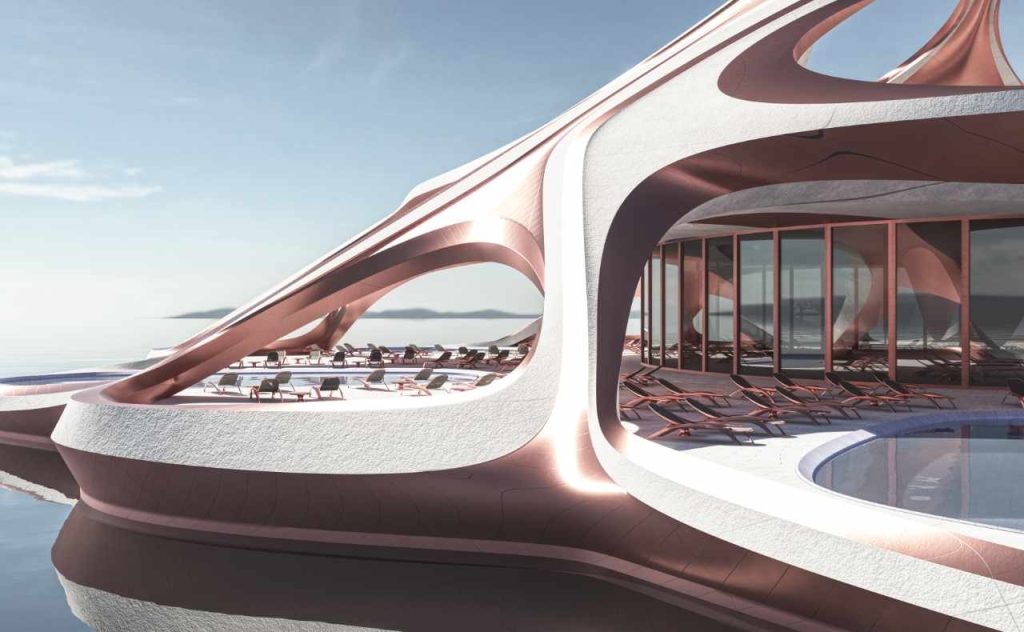Procedural pavilion Blender for architects course open for registration

Learn how to create a procedural pavilion using free software Blender for architects in this upcoming course by Dimitar Pouchnikov.
Blender’s tools are a perfect mixture between the freedom to create in Maya with the inherent and very easy-to-use parametricism that can achieve results like Grasshopper, while preserving some of the precision that people may be used to from Rhino and Sketchup. Can you believe all this power is offered in an open source software.

Blender is an essential part of my professional toolkit that helps me work with clients and consultants to create concepts quicker and better. I have created a new course with Futurly to help show more people how use Blender for architectural design. Here is a link with more info: https://www.futurly.com/s/store/courses/description/blender-architecture
This course focuses on creating a beach procedural pavilion. You will learn how to work with subdivision modeling with Blender’s modifiers, where we create a small part that is then radially aligned with the rest of the parts. The setup is parametric and very flexible. The same process can be used to generate larger forms and massings like buildings and towers. The hybrid course consists of 5+ hours of recorded lectures and two live sessions per month, where I can answer any questions you may have.

This course is aimed for beginner and intermediate users. Also, if you happen to be experienced with Maya or Rhino subdiv tools, you may be interested in this course to learn how to apply those techniques within Blender.
We also touch briefly upon Geometry Nodes, which is closer to Houdini than Grasshopper, but can do a lot of the work that can be done in Grasshopper also. Due to working with meshes instead of nurbs, Blender handles large geometry sets much better than Rhino.


